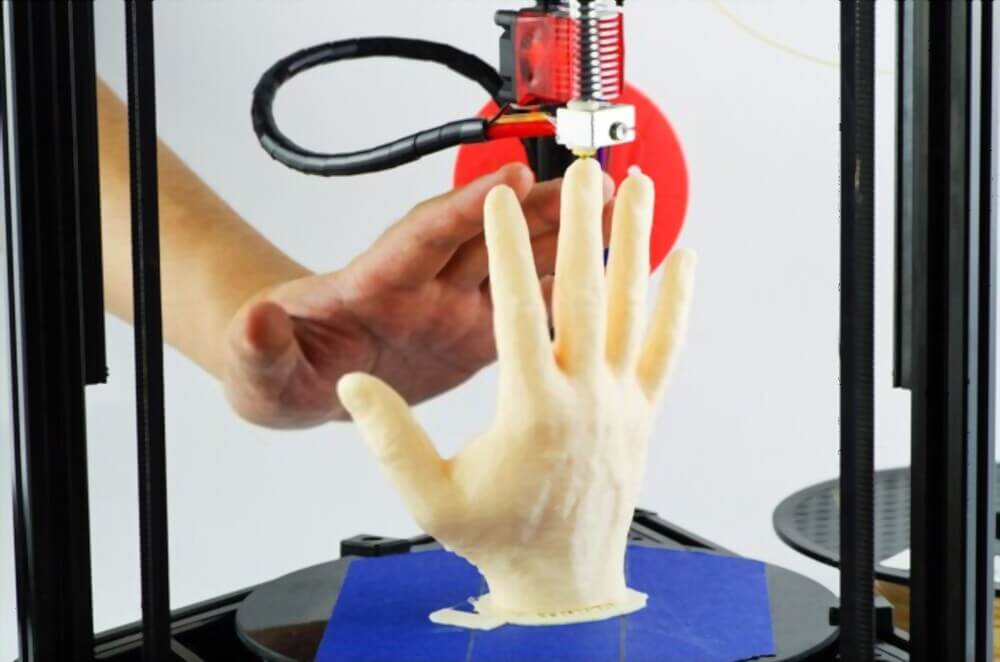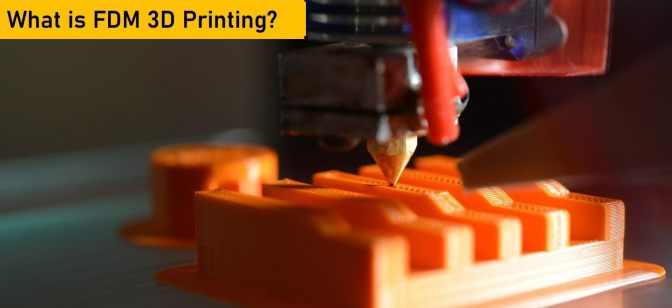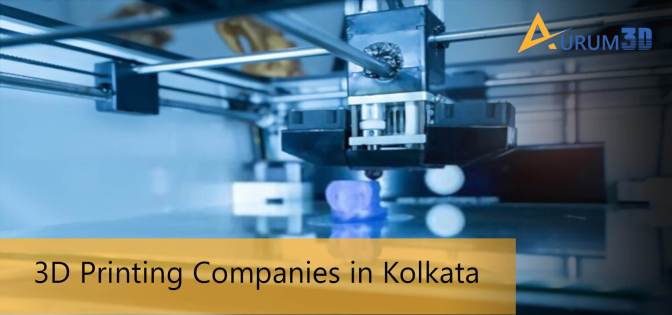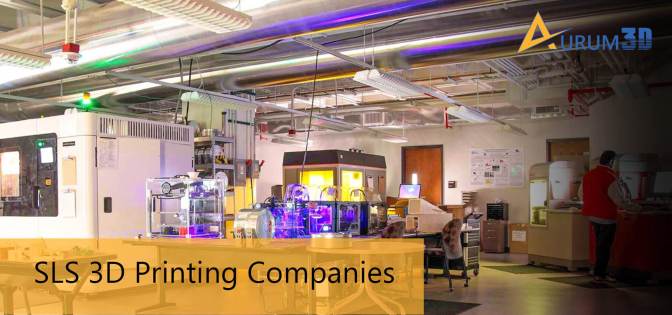The 3D printing technologies used by individuals and enterprises in Bangalore can be broadly divided into two categories – plastic/polymer and metal. Metal 3D printing technologies enable users to produce parts using high-performance metal alloys.
Many enterprises use metal 3D printing machines to produce strong, custom, and complex parts using aluminum, titanium, stainless steel, chrome, cobalt, or Inconel. But the metal 3D printing process is more complex and time-consuming than the plastic 3D printing process.
Also, Metal 3D printers are much more expensive than 3D printers driven by popular plastic 3D printing technologies like Fused Deposition Modeling (FDM), Selective Laser Sintering (SLS), and Stereolithography (SLA).

Large enterprises in Bangalore facilitate metal 3D printing by investing in expensive metal 3D printers and deploying an in-house team of skilled technicians. But most enterprises outsource metal 3D printing in Bangalore to overcome constraints related to skill and resources.
Why Do Companies And Startups Outsource Metal 3d Printing In Bangalore?
Curtail Upfront and Ongoing Costs
The price of plastic 3D printing machines ranges from $600 to $4000. Enterprises can invest in different plastic 3D printing machines without escalating upfront investment. But the prices of metal 3D printing machines vary from $50000 to $1 million.
Also, enterprises have to incur recurring expenses to keep the metal 3D printer clean and boost their performance. Most companies and startups in Bangalore lack the funds to purchase expensive metal 3D printers. They outsource metal 3D printing to avoid upfront and ongoing expenses.
No Need to Build an In-House Team
As noted earlier, metal 3D printers are more complex than plastic 3D printers. Enterprises must deploy skilled technicians to operate metal 3D printing machines efficiently and safely. Also, they need dedicated staff to clean and maintain the printers after each 3D print job.
Outsourcing metal 3D printing helps businesses eliminate the need to hire and train staff. The leading metal 3D printing service providers in Bangalore deploy technicians with both experience and expertise. They use their expertise to improve part quality without increasing printing time and costs.
Mix and Match Metal 3D Printing Technologies

While printing a metal part, one has the option to choose from different metal 3D printing technologies, including Direct Metal Laser Sintering (DMLS), Electron Beam Melting (EBM), Direct Energy Deposition (DED), and Binder Jetting. Each of these metal 3D printing technologies has its pros and cons.
Hence, an enterprise can produce high-quality parts only using the right metal 3D printing technology. It needs to invest in multiple metal 3D printers to leverage the desired technology on demand. But an enterprise can produce parts using the desired technology by outsourcing metal 3D printing in Bangalore.
Experiment with Different Materials
While planning a metal 3D printing project, one has the option to choose from a wide range of materials – aluminum, titanium, stainless steel, chrome, and cobalt. Some metal 3D printing machines support multiple materials while others support a specific material. For instance, DMLS systems support most of the metal 3D printing materials available in the market.
But DMSL systems are more expensive than other metal 3D printers. Also, one needs to deploy skilled technicians to monitor the printing process and perform post-processing activities. Enterprises can easily experiment with many metal 3D printing materials by outsourcing metal 3D printing in Bangalore.
Expand Build Size
The small build size is often cited as a major shortcoming of metal 3D printers. Most metal 3D printing systems available in the market are designed with small print chambers. Hence, they are effective in producing small parts. Engineers produce multiple parts using metal 3D printers and integrate them after the printing process to meet the requirements of large projects.
An enterprise can accelerate the production of large parts only by investing in multiple metal 3D printers and deploying additional technicians. But it can reduce the time and cost significantly by outsourcing metal 3D printing in Bangalore. There are many companies that have set up large facilities with multiple material 3D printing machines. Also, they speed up printing and post-processing by deploying in-house technicians.
Overcome Metal 3D Printing Problems
Cracking and warpage are some of the major issues related to metal 3D printing. Engineers can prevent warpage only by ensuring that the metal 3D printing process starts accurately. Likewise, they can prevent cracking from occurring by monitoring the process as the melted metal solidifies.
The leading metal 3D printing service providers in Bangalore monitor the metal 3D printing process by deploying dedicated technicians. Also, they fix various types of defects by implementing a slew of metal 3D printing best practices. Hence, enterprises receive parts without any defects.
Improve Part Quality
Post-processing is an integral part of the metal 3D printing process. The post-processing activities differ depending on the nature and size of the 3D-printed part. But engineers often perform a variety of post-processing activities – sanding, water jetting, chemical rising, and air/heat drying – to improve the metal part.
Once the part is printed, engineers need to remove the support structure using the right products. Also, they need to achieve the predefined surface finish by smothering the surface. Enterprises outsource metal 3D printing in Bangalore to get parts optimized by performing the required post-processing activities.
Conclusion
There are many companies and startups that offer metal 3D printing services in Bangalore at competitive rates. Some of these providers have set up metal 3D printing facilities in Bangalore, while others offer online metal 3D printing services to companies and startups in Bangalore.
These metal 3D printing service providers allow customers to customize the metal 3D printing process by choosing from a wide range of machines and materials. Also, they focus on reducing metal 3D printing time and cost without affecting the part quality.
Hence, both individuals and enterprises can produce complex and custom parts on demand by outsourcing metal 3D printing in Bangalore. But the metal 3D printing service providers differ from each other in several aspects, including industry expertise and infrastructure.
Hence, decision-makers must compare these providers using a variety of parameters. The comparison will help them partner with a reliable and reputable company while outsourcing metal 3D printing in Bangalore.





